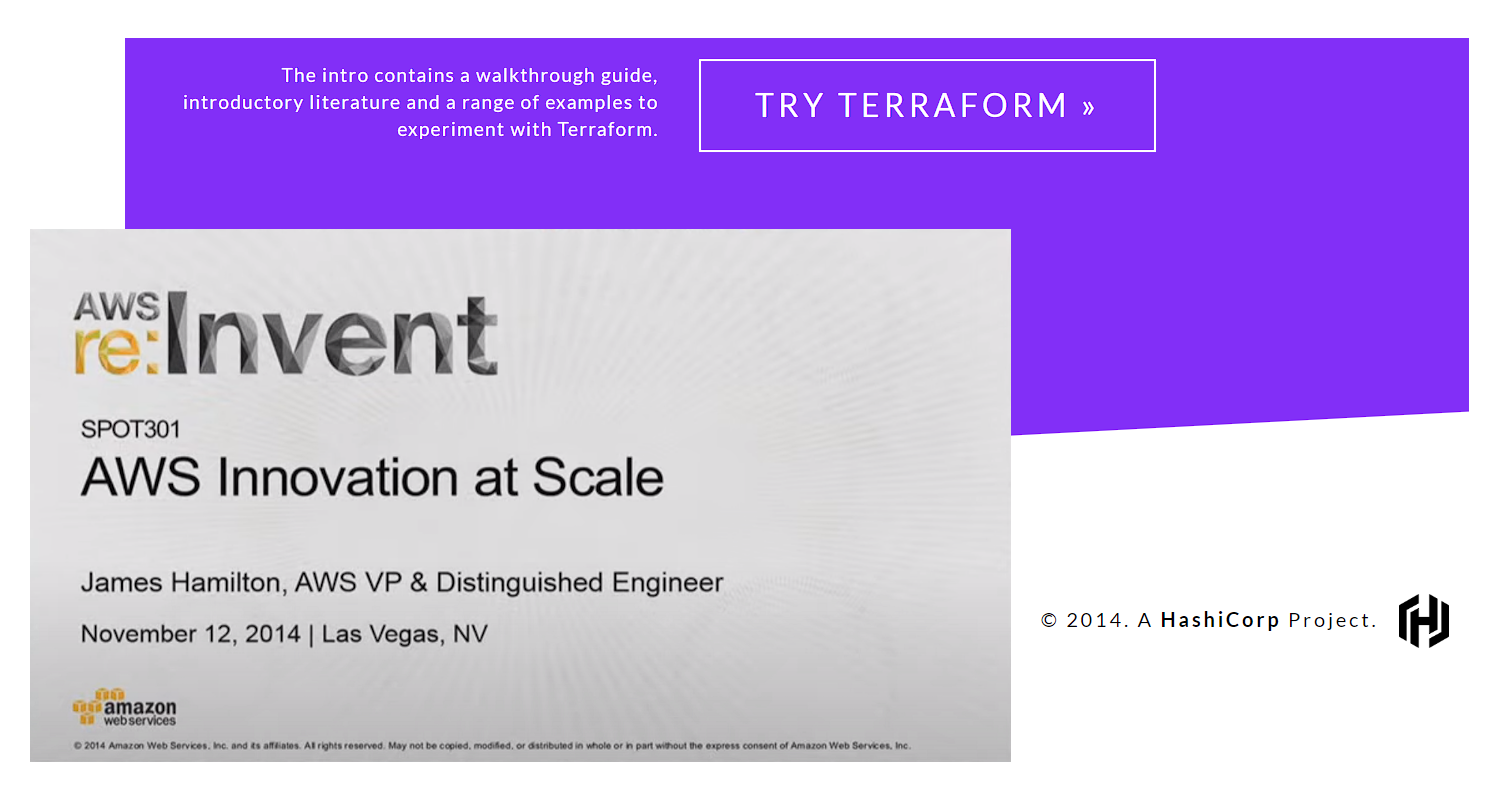Building a house on sand is a fundamentally unsound endeavour, as the shifting and unstable nature of the foundation poses a constant threat to the structure’s stability. The sand’s inability to provide a solid, dependable base becomes evident when adverse weather conditions, such as heavy rains or flooding, occur. In such situations, the house is at risk of sinking, tilting, or even collapsing, highlighting the importance of a strong, well-anchored foundation as the bedrock of any secure and reliable structure.
Good job ChatGPT. Right guys, we’re outta here. There’s nothing more to add. No, wait – we forgot to talk about the Rugs.
By 2014 adoption of AWS by businesses was taking hold for more than just development use cases, and the agility that on-demand access to virtual infrastructure provided was still both a novelty and a headache. For all of us at the leading edge of that reality lay our biggest challenge; how can we build it today, use it, destroy it and come back tomorrow confident that we can repeat yesterday’s success down to the last detail?

We simply couldn’t. Each AWS service with its own API and more often than not back then, it meant using a standalone API client. What!? Yes, that’s right. Two-pizza teams building their own fiefdoms, one two pizzas at a time. The modern AWS CLI as we know it today was just beginning its journey to consolidate functionality and bring consistency to the CLI experience.
EC2 CLI Tools v1.7.5.1 is still available for download here: http://s3.amazonaws.com/ec2-downloads/ec2-api-tools.zip. Java anyone?
When HashiCorp’s Terraform was shared with the world in 2014, it wasn’t immediately a revolution. Instead it planted the seed of truly software defined infrastructure. One that could span multiple service providers and then proved its point by being functional from its first release.
While the idea that Terraform aspired to was certainly impressive, the early days, and versions of the Terraform software itself left much to be desired. The biggest of which was a commitment to backwards compatibility on a new release. It might work today but there was no guarantee that it would still work tomorrow if you used the next version. We’re not talking about major version jumps like 1.0 to 2.0, these were new minor versions 0.5 -> 0.6 often only two weeks apart. It was a monumental undertaking by the HashiCorp team and quickly apparent that the adoption was far out pacing the development.
So why did we all willingly board the Terraform express train and accept this very bumpy ride? Simple, because it happened in the open and we all had an invitation to help make it better for the benefit of everyone else.
As Terraform matured and the target of stable backwards compatibility came into view, the surrounding ecosystem began to flourish. This was the foundation on which we could all build. And we did. We built tools, we built integrations, we built automation. We built, destroyed and rebuilt our tiny empires, on-demand, all day long.
But that was only the opening chapter…
“The world has changed. I feel it in the water. I feel it in the earth. I smell it in the air. Much that once was is lost, for none now
livebuild who remember it. It began with the forging of the GreatRingsTerraform. Three releases were given to theElvescore developers, immortal, wisest and fairest of all beings. Seven to theDwarf-Lordssoftware testers, great miners and craftsmen of themountainoffice halls. And nine, nineringsreleases were gifted to the race of Men, who, above all else, desire power [to build things].But they were all of them deceived, for another
RingLicense was made. In the land ofMordorHashiCorp, in the fires of MountDoomBoard Room, the Dark Lord Sauron forged in secret a MasterRingLicense to control all others. And into thisRingLicense, he poured his cruelty, his malice, and his will to dominate alllifetechnology.”— An excerpt from the as yet unreleased “Lord of the Rugs”, authored by John Riccitiello & David McJannet, a fork of the Lord of the Rings texts, relicensed under BSL
The recent change in licensing by HashiCorp to BSL, while shocking and surprising to the user and developer communities, probably comes as no great surprise to those observing the recent trend of VC money invested 4-5 years ago in Open Source projects, finally calling in its chips.
Cory Doctorow covered the effects of what certainly seems like a similar strategy in wonderful detail in his piece about the ‘Enshittification’ of TikTok. David McJannet himself, HashiCorp CEO, as recently as September 2023 talked about how HashiCorp view and approach Open Source now.
“For us, open-source is really just a distribution channel. (Also it’s a development channel, but predominantly it’s a distribution channel.) […] So I don’t think it matters whether it’s open-source or not, as much as just being really, really obsessive about the digital videogame that you play.”
— David McJannet, CEO HashiCorp, Sep 2023
The above was previously hosted on HashiCorp’s YouTube channel but after being flagged as of interest to the community by Bryan Cantrill it subsequently disappeared.
If you work at a mid-size company or larger, there is a reason that you are using <least-favourite-software>. That selection was made by the Choosers, not the Users.
That same panel discussion above also provides insight into the path that HashiCorp appear to be taking with the relicensing to BSL, a calculated risk to be sure; – Risk the value of their Users (HashiCorp calls these “Practitioners”) on which they have built their empire but who have no buying power in favour of the Choosers (HashiCorp calls these “Tech Decision Makers”).
And to ensure there are no real challengers, they’ve cut off any potential competition at the knees, who will spend the next 6-8 months learning to walk again on Open Terraform.
Only time will tell if The Fellowship of the Tofu survives the journey.


